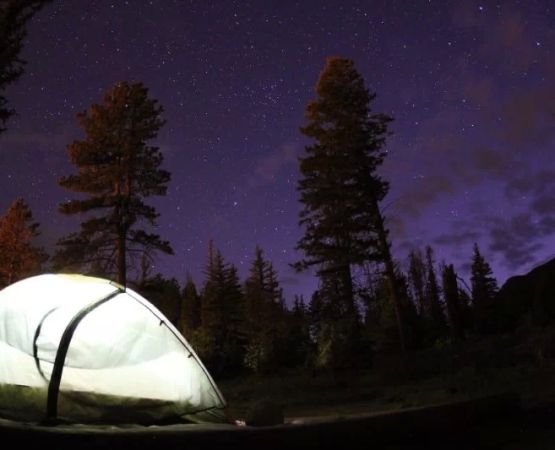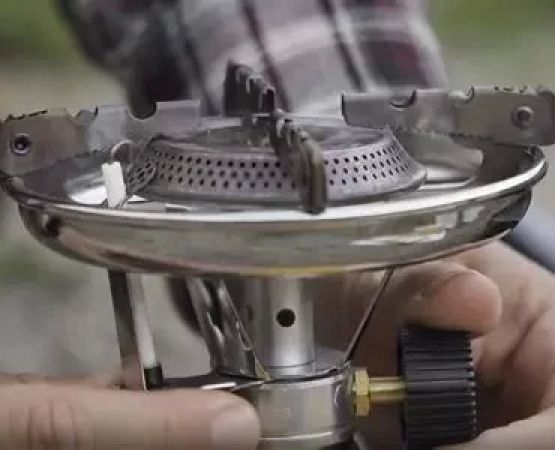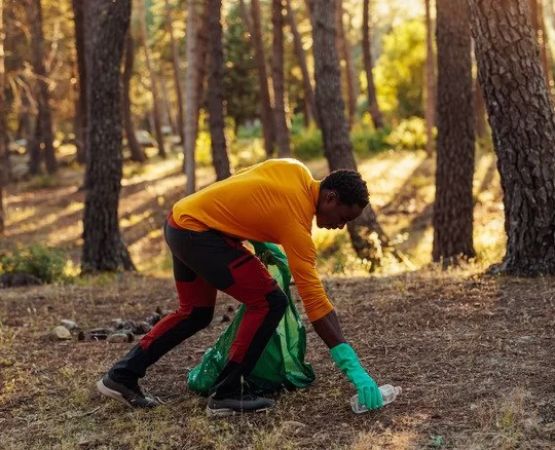Outdoor Educational Activities for Kids While Camping
Camping with kids is one of the most enriching experiences for both parents and children alike. When I first took my kids on a camping trip, I realized that while outdoor adventures provide endless fun, they are also perfect opportunities for learning. Nature is a classroom, and every rock, tree, and stream offers something new to explore. In this article, I’ll share some of the best outdoor educational activities for kids while camping. These activities not only keep them entertained but also foster a deep appreciation for the natural world.
1. Nature Scavenger Hunts
One of the most exciting and educational activities I did with my kids was a nature scavenger hunt. This activity is perfect for helping children observe their surroundings more attentively. I made a list of items like pine cones, certain types of leaves, rocks with unique shapes, or even a bird’s nest, and the kids had to find them in the forest or campsite. This activity encourages them to engage their senses, identify different species, and understand the environment in which they’re camping.
1.1 How to Set Up a Nature Scavenger Hunt
Setting up a scavenger hunt is easy and can be tailored to your location. If you're camping near a lake, include items like "smooth stone from the shore" or "water lily." For forested areas, include "oak leaf" or "bird feather." I found it works best to give the children a checklist or even a map to mark off the items they find. This can be a fun and interactive way to teach them about the diversity of plants and animals that thrive in different ecosystems.
2. Wildlife Tracking
Another fantastic educational activity is wildlife tracking. On one camping trip, I introduced my kids to the basics of animal tracks. With the help of a guidebook or an app that identifies tracks, we went on walks around the campsite to search for and identify animal tracks in the dirt or mud. Not only did this spark curiosity in my children, but it also opened up a conversation about the animals that inhabit the area and how they leave behind evidence of their presence.
2.1 Learning to Identify Tracks
Learning about tracks was such a fun experience. The best part was seeing the excitement in my children’s faces when they identified tracks from deer, squirrels, or rabbits. You can find apps or books specifically designed to teach kids how to identify animal tracks and signs. We even found some paw prints from a raccoon one day, which led to a fascinating conversation about nocturnal creatures and their habits. Wildlife tracking teaches kids how to observe their environment more closely and interpret signs of life in nature.
3. Campfire Storytelling and Learning about Local Legends
No camping trip is complete without a campfire. During our last camping trip, we sat around the campfire at night, and I told my kids stories about local legends and folklore. This was not just about entertainment; it was also a way to introduce them to the cultural history of the place. Many areas have rich local stories passed down through generations, and telling these stories around the campfire brings them to life. I was surprised by how engaged my children were as they listened to tales of Native American legends or stories about early settlers in the area.
3.1 Cultural Education Through Storytelling
Storytelling is a powerful way to pass on knowledge and preserve cultural heritage. After sharing these stories, we discussed the morals of the tales and how the lessons could apply to modern life. This activity not only provided valuable lessons about history and culture but also sparked an interest in books, history, and different storytelling traditions. I always find that when kids are emotionally engaged in a story, they absorb the lessons in a much more meaningful way.
4. Plant Identification and Gardening
Teaching kids about plants during a camping trip is a great hands-on learning activity. I brought along a simple field guide of local plants, and as we walked through the woods, we tried to identify various species of flowers, trees, and shrubs. You can make this into a game by asking them to guess the names of plants or flowers, or you can turn it into a competition to see who can find the most plants from a list.
4.1 Plant Identification Games
We also created a mini garden back at our campsite where my kids could plant some seeds. This small garden allowed them to observe the growing process, and they could see firsthand how plants develop over time. Activities like this help children understand the importance of nature and the role plants play in our ecosystem. It’s a simple yet powerful way to teach kids about botany and the environment.
5. Hiking and Geocaching Adventures
Hiking is another educational activity that gets kids excited about nature. We often plan hikes that are easy enough for the children to navigate but still offer some challenges, like reaching a lookout point or exploring new terrain. A fun variation that we added to our hikes was geocaching. This high-tech treasure hunt involves using GPS coordinates to find hidden "caches" in the area. It’s like a modern-day scavenger hunt with a map, and it’s a great way to teach kids about navigation and technology.
5.1 Geocaching for Kids
Geocaching is exciting for kids because it combines adventure with technology. They use a handheld GPS device (or smartphone app) to find hidden treasures, which can be anything from small toys to logbooks. This activity encourages problem-solving, exploration, and teamwork as children work together to find the next clue. Geocaching also gives children a sense of accomplishment when they successfully locate the cache, making it a great learning experience.
6. Educational Games and Interactive Activities
Finally, one of the best ways to make the camping experience educational is by bringing along a few interactive games or activity books. I always pack a nature journal where my children can draw what they see, write down interesting facts, and reflect on their experiences. There are also several outdoor-themed activity books that teach kids about animals, ecosystems, and conservation. These types of educational games keep kids engaged while providing valuable knowledge about the world around them.
6.1 Nature Journals and Creative Writing
My children love their nature journals. They write about their experiences and the animals we encountered during our hike or campfire. I encourage them to be creative with their entries by adding drawings, observations, or even stories about their day. This activity not only improves their writing skills but also fosters a deeper connection with the environment. By recording their thoughts and experiences, kids start to appreciate nature in a much more personal way.






